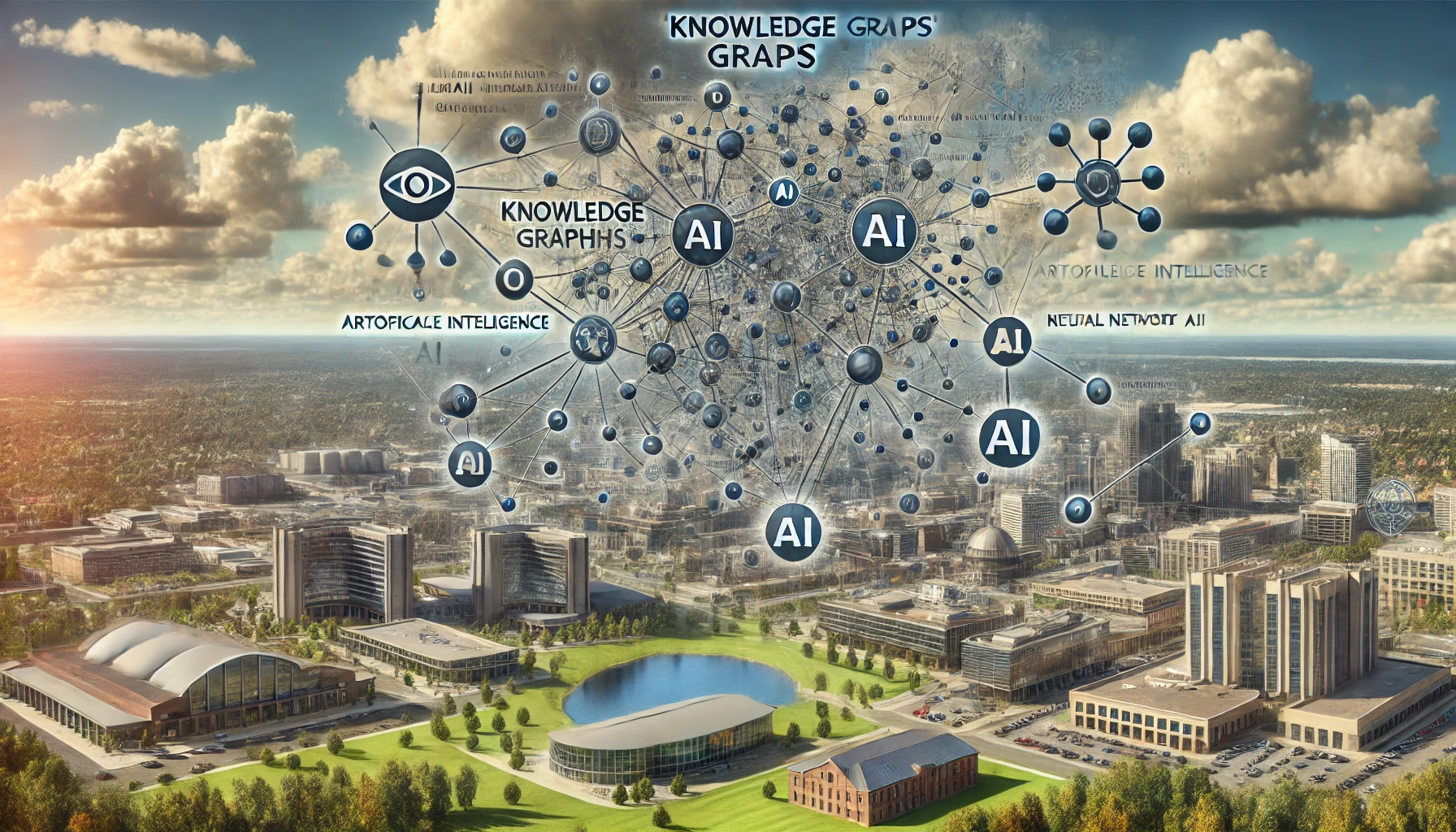Knowledge Graphs (KGs) paired with Retrieval-Augmented Generation (RAG) technologies represent a formidable combination in the realm of generative AI, enhancing the accuracy and contextuality of responses. A knowledge graph organizes data into entities and relationships, encapsulating complex real-world scenarios in a way that’s intuitive and actionable. When merged with RAG, this structured data helps guide generative models to produce more relevant and fact-based outputs.
For instance, in AI applications that require high precision, such as answering specific queries or making recommendations, the structured nature of KGs provides a factual backbone. This reduces the likelihood of “hallucination” — a common problem where language models generate plausible but incorrect information. By anchoring the AI’s responses in verified data, these systems can offer not only more accurate but also more explainable outputs because each piece of generated content can be traced back to a source in the knowledge graph.
How to Utilize Knowledge Graphs with RAG
The practical use of KGs in a RAG setup involves several layers of interaction. First, the system uses a graph to model and understand the data. This includes defining entities (nodes) and their relationships (edges), which are then processed through techniques like Graph Neural Networks (GNNs) to enhance data interpretation. This enriched understanding is critical when the system retrieves information to respond to user queries or generate content, ensuring that the AI’s output is both relevant and substantiated by the underlying data.
To get started, you might use platforms like Neo4j, which provides tools for building and querying knowledge graphs using languages like Cypher. These platforms facilitate the integration of structured graph data into generative AI applications, enhancing the capabilities of the AI to perform tasks such as complex query handling and multi-hop reasoning, which are pivotal in scenarios requiring deep contextual understanding.
Next steps of KGs and RAG in AI
As technology evolves, the integration of KGs with RAG is expected to become more sophisticated. Ongoing research focuses on refining these models to improve their efficiency and effectiveness, potentially leading to AI systems that not only generate more accurate responses but also provide insights that were previously unattainable. The synergy between KGs and RAG is poised to play a crucial role in the future development of AI applications, particularly in areas requiring a high level of data integrity and contextual awareness .

